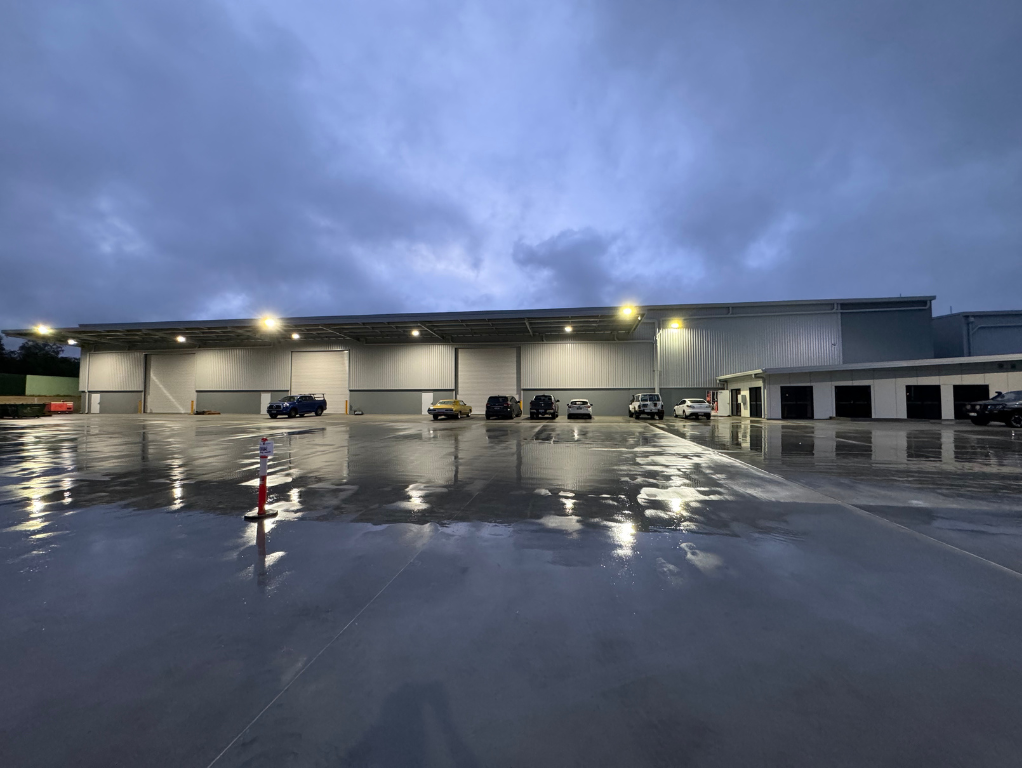Canberra Office and Industrial Rents To Rise on Back of Demand
.png?width=1080&height=565&name=Canberra%20MM%20Website%20feature%20image%20spec%20size%20(2).png)
Rents in Canberra’s A-grade office and industrial property markets are expected to rise over the next 12 months on the back of continued public sector and consultancy demand, as well as construction businesses, respectively.
Local retail property owners, however, still face the challenges impacting landlords across Australia as consumers tighten discretionary spending amidst the cost of living crisis.
LJ Hooker Commercial’s Canberra Commercial Market Monitor showed the city's office market had withstood flexible working arrangements – now entrenched in public sector workforce arrangements - with the local vacancy rate standing at 8.3%* compared to the national capital average of 13.5%.
A-grade office rents are between $470-$550 per square metre but tenant incentives, however, are running at 20-28%.
LJ Hooker Commercial Canberra Managing Director Greg Lyons said private sector clients working in defence, Information Technology and cybersecurity were amongst the most active taking-up space. The health care sector, however, is the fastest growing component of the workforce, recording 210% increase in its contribution to the local economy since 2016/17.
"Private tenants seeking sub-500sqm office space expect fitted out space,” said Mr Lyons.
“Landlords that are speculatively fitting-out office suites are generating genuine enquiries. This is placing pressure on B and C grade landlords through the flight to quality.
“There’s been a political shift by the Federal Government to look beyond the ‘Big 4’ consulting firms which has opened up opportunities for boutique consultancies to commit to higher grade office space and also scale-up for further projects."
There are nine office projects being built or refurbished in the city currently, the Monitor found.

Industrial property assets continue to remain in demand since Covid-19. Industrial rents are currently sitting at $250-$300psm, according to the Monitor. Industrial precincts including Hume – where new warehouses are being brought on – and Mitchell are expected to absorb supply, the Monitor predicts, but incentives will remain flat. Industrial leasing incentives are sub 5% - a distant dynamic compared the retail sector (8-12%) and the office market (above 20%).
The construction sector – Canberra’s leading economic sector, responsible for 11% of the value added to the local economy – is driving demand for warehousing and hardstand yard space.
The construction sector is supporting the population growth of Canberra.
Forecasts show there’ll be another 45,000 residents calling Canberra home between 2026 and 2031, with a third of those settling in Molonglo.
The Monitor found retail landlords with assets in prime central areas and surrounding shopping centres with major traffic flow or high-profile retailers and food operators were still well-positioned.
However, the influx of food and beverage operators in the last few years has started to slow, and Canberra is now arguably oversupplied for food operators. Incentives are rising as vacancy in some areas rise, and also due to the very high cost associated with getting any retail tenant to move or open in new space.
Head of Commercial at LJ Hooker Group Tom Donnelly said Canberra’s fundamentals were strong.
“LJ Hooker Commercial Canberra’s respected insights and connections are being sought-out by investors and local operators in the changing market landscape,” said Mr Donnelly.
“Being part of the national network, LJ Hooker Commercial Canberra is opening-up greater opportunities for the clients in the nation’s capital.”

*Property Council of Australia
Share



